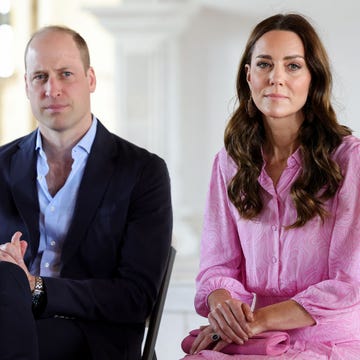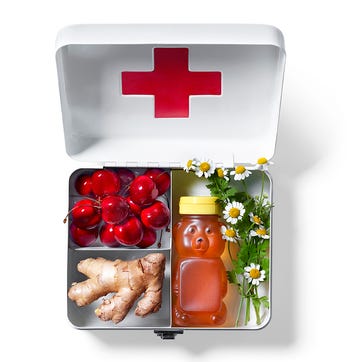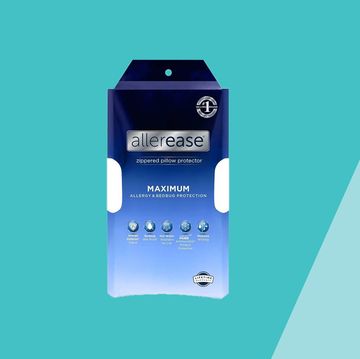1The pool manager doesn't test the water
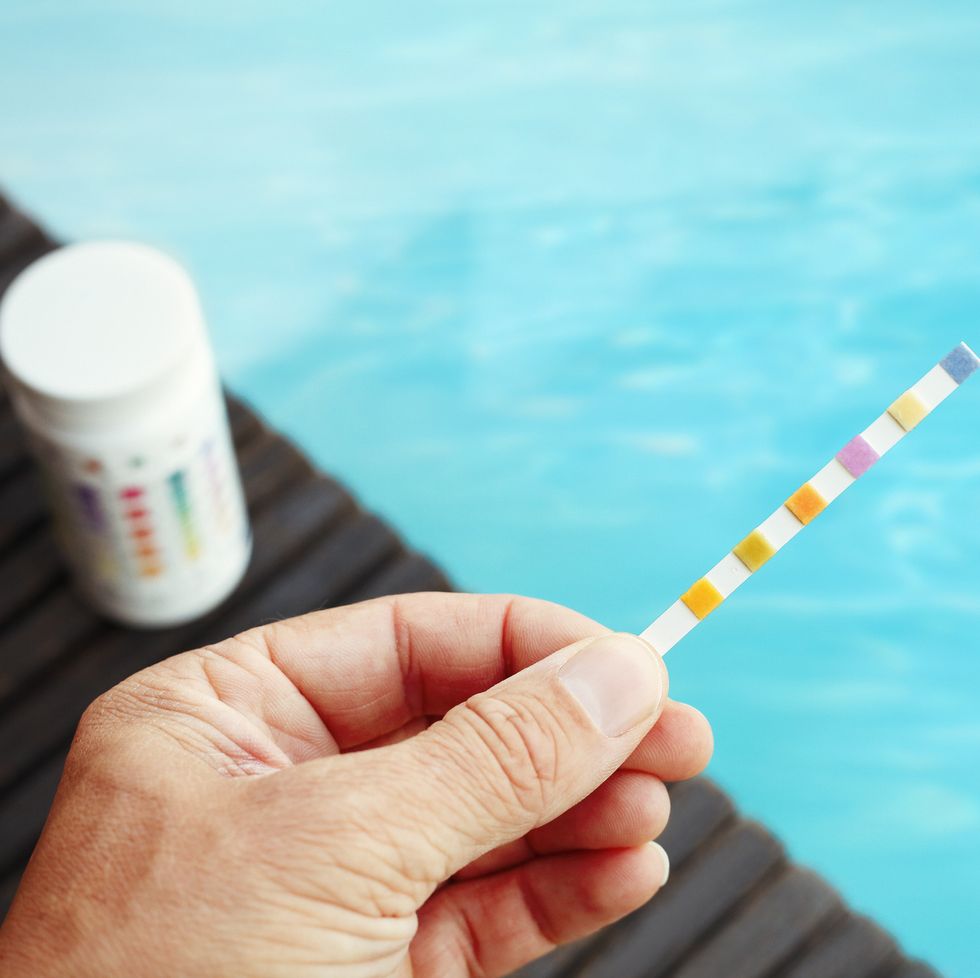 Getty Images
Getty ImagesPools need a lot of care and attention to detail, and the manager on duty should be vigilant. Monitoring the chemicals is especially crucial to maintaining healthy waters. A pool's chemical levels should be tested at least twice a day.
Pool attendants who forget to test and fail to make appropriate adjustments put swimmers' safety at risk. If the pool's chlorine level isn't being carefully monitored, it may be a petri dish of bad bugs like norovirus, which can cause innocent swimmers bouts of vomiting and cramps.
2It has cloudy or dirty water
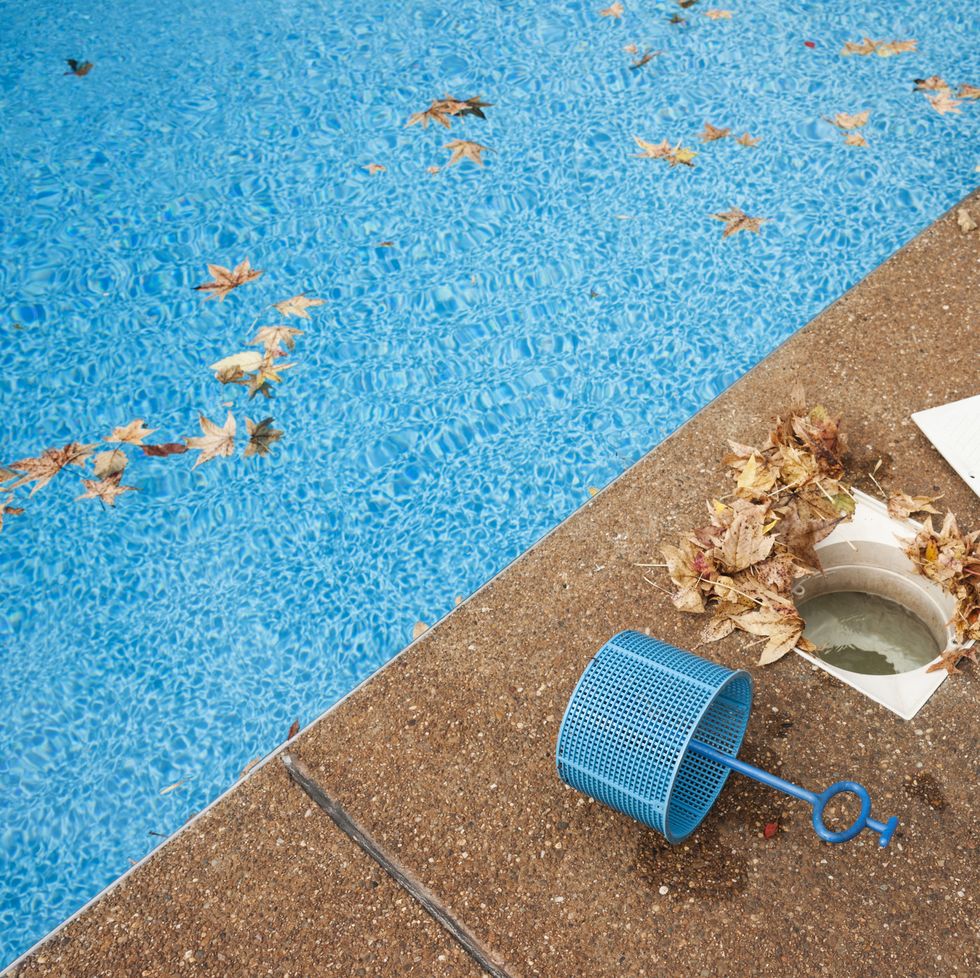 Getty Images
Getty ImagesIf a pool's water isn't sparkling and clear, don't even think about diving in. Not only does this condition suggests poor maintenance, but lack of visibility itself poses a threat. Be sure to also look out for broken or missing pool drain covers, which are made to reduce entrapment—when the pool's powerful suction from the water circulation system causes someone to become trapped underwater. Check out this video from the ZAC Foundation to learn how a compliant and a non-compliant pool drain looks like.
3Algae is growing in the water
 Getty Images
Getty ImagesBlue-green algae produces toxic cyanobacteria and can grow in poorly sanitized pools, particularly in areas that receive a lot of sunlight. The slimy and often smelly film that floats on the water's surface is a distinct green color, so look carefully for it before going for a swim. If there's an off-smell, don't go for a swim and don't let your dog take a plunge either.
Advertisement - Continue Reading Below
4There are several babies in the same pool
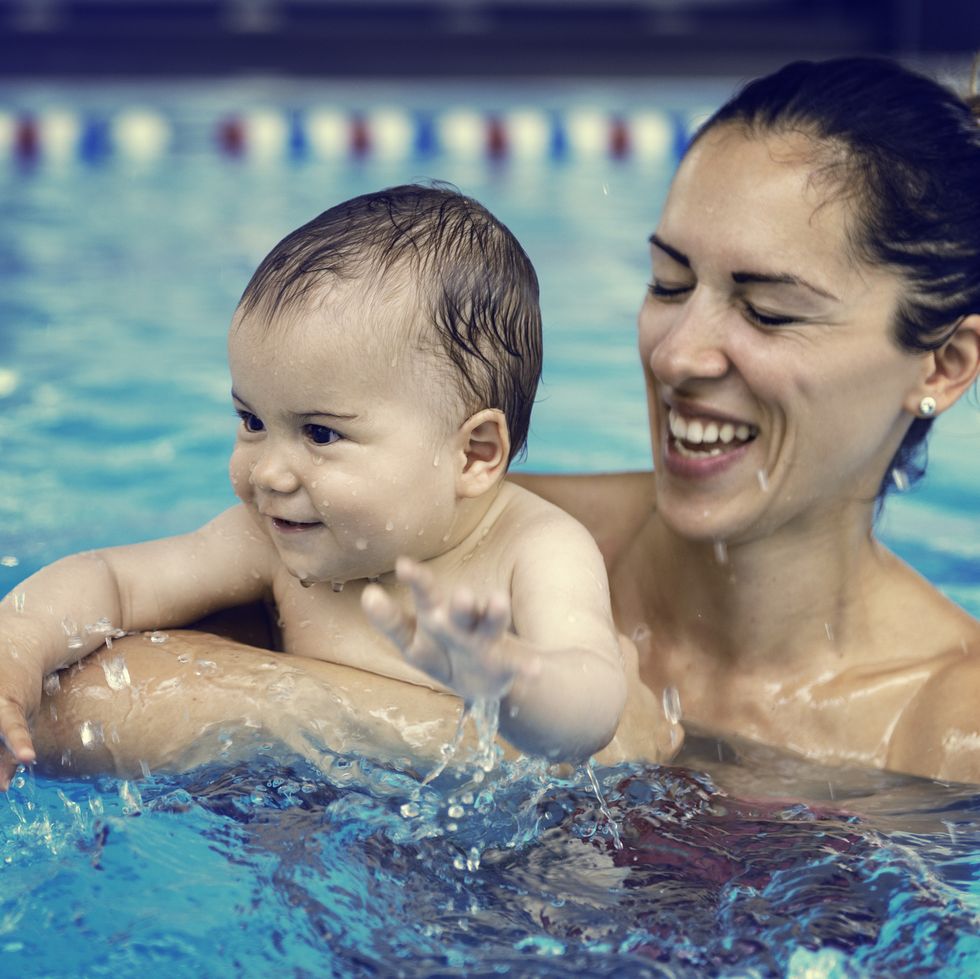 Getty Images
Getty ImagesSure, babies in the pool are cute, but pre-potty-trained babies don't make good swimming pals. Trace amounts of fecal matter can harbor the parasite Giardia lamblia. Diaper leakage—which is hard to prevent, especially in the water—can easily contaminate an entire pool. Accidentally ingest some of the germs, and you're looking at a miserable bout of diarrhea and vomiting you could have avoided by sticking to the adult swim area.
5There's a large crowd in the pool
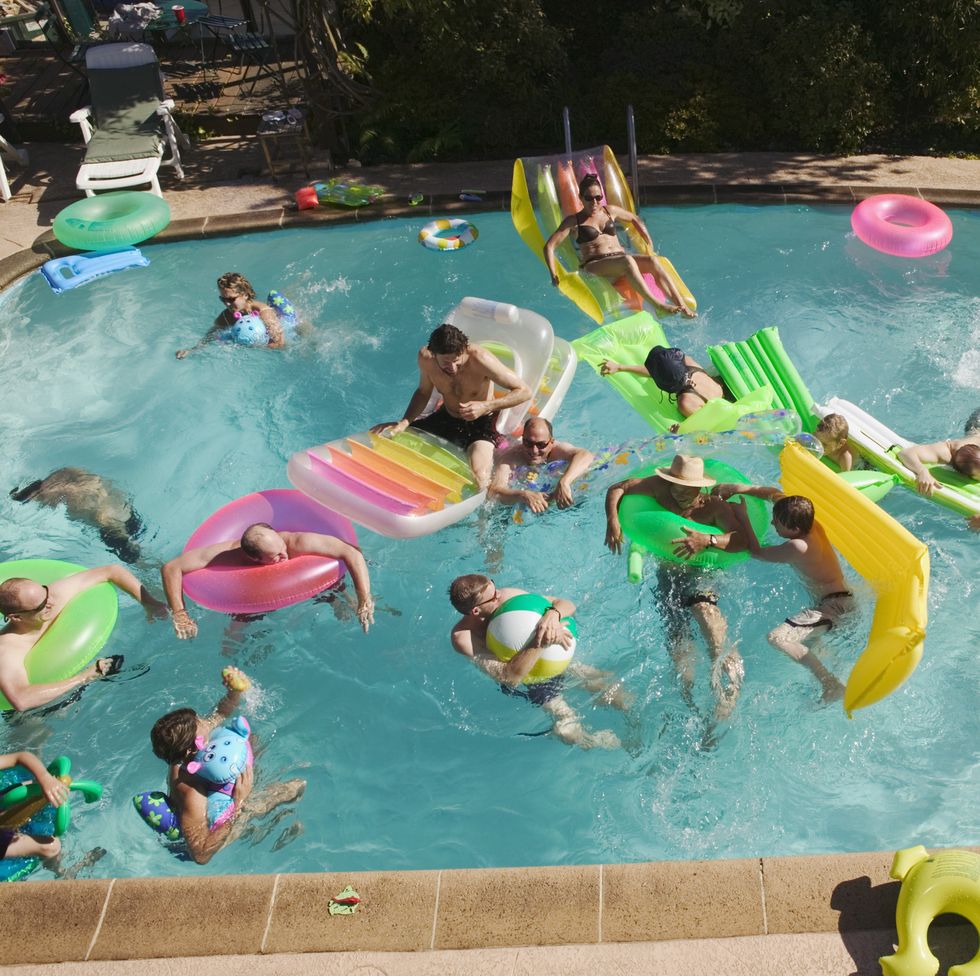 Getty Images
Getty ImagesThe expression "the more the merrier" may apply to many things, but not a public pool. It's a matter of mathematics: Each new body multiplies the germs, viruses, and bacteria getting into the water. More and more swimmers also divide the lifeguard's attention, which equals less safety for all. If the pool seems way too crowded, it probably is. Cool off with some ice cream or a homemade smoothie instead.
6Pool ladders aren't stored away when they're not in use
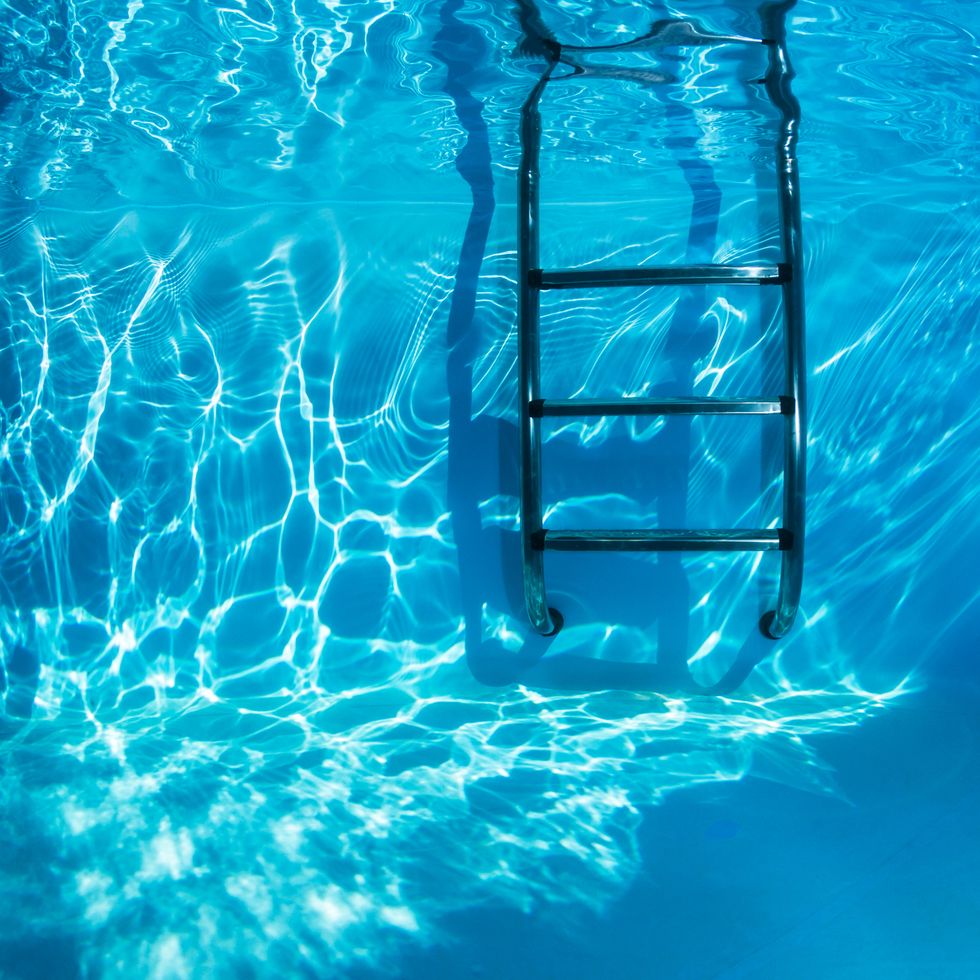 Getty Images
Getty ImagesHaving pool ladders are essential for getting into and out of the water, but if adults or a lifeguard isn't present, they should be put away to prevent young kids from getting access, especially at above-ground pools. Kids can play on them when adults aren't paying attention and accidentally slip into the pool.
Advertisement - Continue Reading Below
7There aren't safety fences around the pool
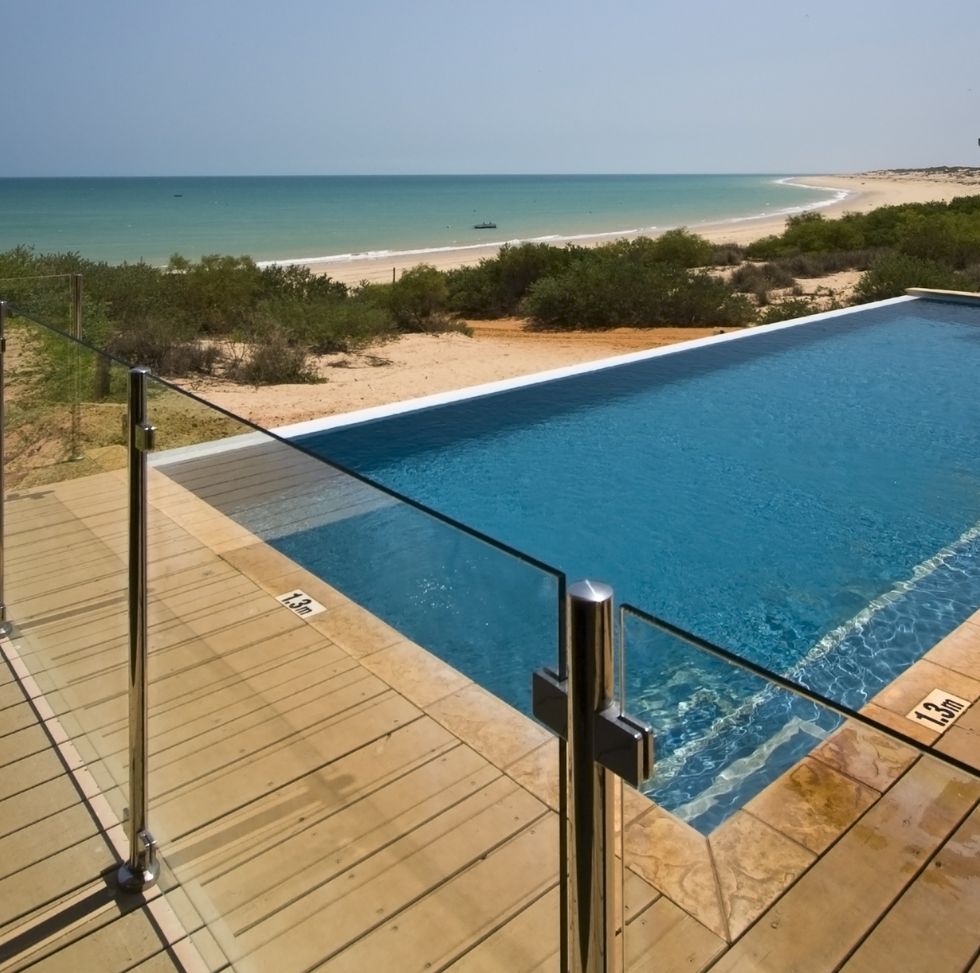 Getty Images
Getty ImagesProper fences and barriers should be put in place at all public pools for kids, and those that don't have these safety measures in place are red flags. According to the U.S. Consumer Product Safety Commission, fences of at least four feet high should surround a pool or spa on all sides, and they shouldn't be climbable for young children. People should also avoid propping fences open so kids and toddlers aren't able to easily walk through without adult supervision.
Some pools also have supervisors on watch at pools, in addition to having lifeguards on duty, to help reduce the risk of drowning. Parents of children can also become a "Water Watcher," which means they agree to watch the kids in the water without distractions and carry a Water Watcher card. After a certain period of time, you can pass the Water Watcher card to another adult.
Advertisement - Continue Reading Below
Advertisement - Continue Reading Below
Advertisement - Continue Reading Below


